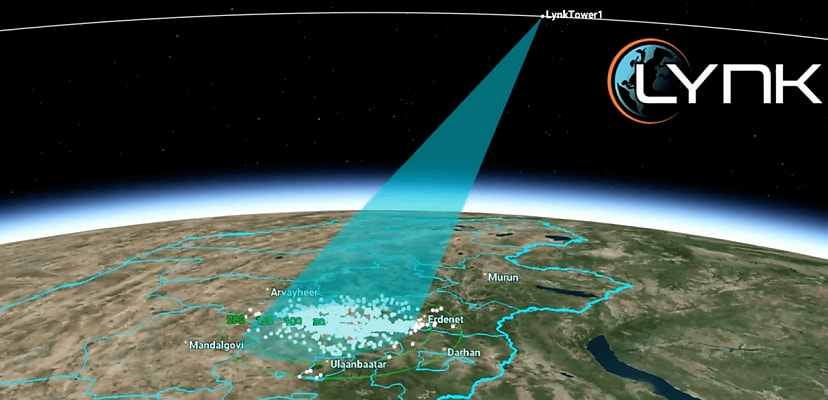The series of texts was sent from the Northern Tablelands of NSW near the Nowendoc National Park via the Lynk Global constellation.
It comes with both Telstra and Optus signing deals with larger rival Starlink to eventually provide a similar service, though the latter telco has been forced to delay its rollout.
So-called “direct-to-cell” technology is unique because it does not require customers to obtain specific hardware and will work on all compatible handsets.
It works because the satellites essentially function as cell towers in space to expand terrestrial coverage into otherwise unreached areas.
“The landmark achievement represents a stepping stone to near 100 per cent mobile coverage in Australia, putting us on the path to eliminate mobile coverage dead zones and improve rural and remote connectivity right across the country,” said TPG Telecom’s CTO, Giovanni Chiarelli.
“LEOsat technology will be a game changer for emergency communications and keeping Australians connected no matter where they are.”
TPG said its early tests used a range of popular smartphones, including the Apple iPhone, Samsung Galaxy and Google Pixel handsets.
The first message, sent via a Vodafone network, read: “Happy Easter!”, a reference to the first-ever text message sent by the same telco in December 1992, which read “Merry Christmas”.
TPG added it plans to conduct additional trials in different locations later this year and will explore voice calls and limited data services in the future.
In total, Lynk has entered into service agreements with 50 mobile network operators globally, including New Zealand’s 2degrees, Taiwan Mobile, and PNG’s Telikom.
Direct-to-cell services are set to be increasingly embraced by operators in the next few years. Last month, for example, the US Federal Communications Commission responded to increased satellite internet services by voting to open a review of the decades-old spectrum-sharing regime between satellite systems.
FCC chair Brendan Carr said the current power limits “hamper satellite broadband by degrading signal quality, reducing coverage, limiting capacity, and making it harder to share spectrum with other satellite systems”.
The same commission also said in March that it would allow Starlink to operate a direct-to-cell service with T-Mobile at higher power levels, despite objections.
The advances come despite Space Connect reporting last month how Optus would be forced to delay the introduction of its own “straight-to-mobile”, which it blamed on regulatory hurdles encountered by Starlink.
In a statement, Optus said it was still “committed” to the technology and would continue to work with Starlink to determine “timelines that enable the best possible experience for customers”.
“Over the past year, SpaceX has rapidly scaled the Direct to Cell network, launching a constellation of over 400 satellites,” said SpaceX in a statement announcing services in the US and New Zealand have gone live.
“In 2024, millions of messages were sent through Starlink Direct to Cell during Beta testing and in emergency scenarios to provide critical connectivity to the public.
“The availability of the commercial messaging service is the first step in our vision of eliminating mobile dead zones and providing ubiquitous global connectivity using satellite-to-mobile technology.”
Starlink, in January last year, launched its first direct-to-cell satellite, which orbits a few hundred kilometres above Earth’s surface and flies at tens of thousands of kilometres per hour relative to users on the ground.
This story was originally published by Cyber Daily’s sister brand, Space Connect.

